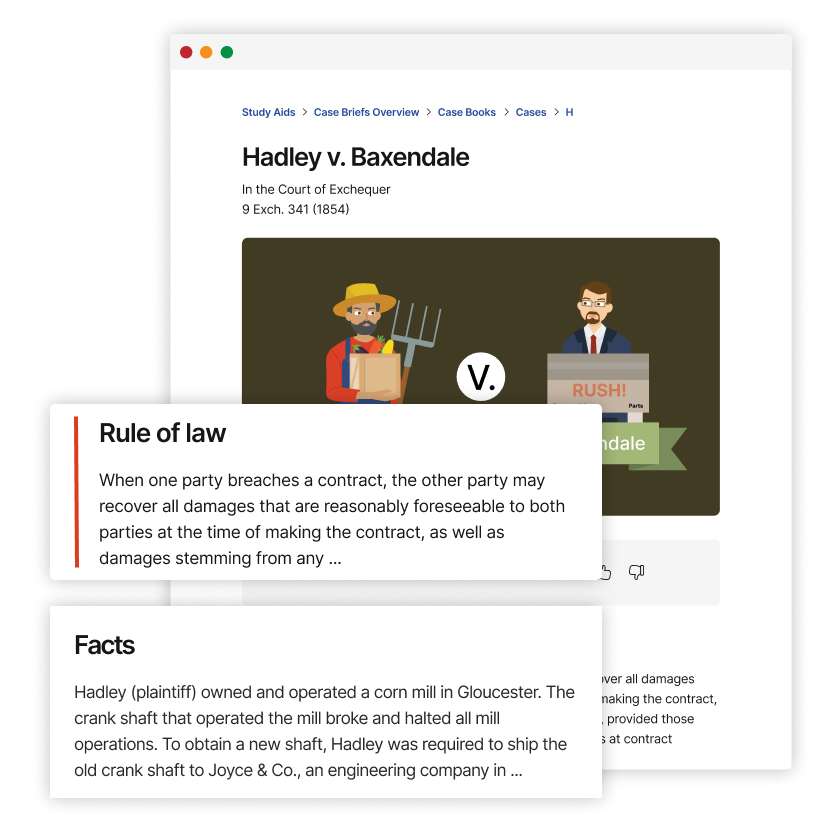Estate of Stillman
New York Surrogate’s Court
107 Misc. 2d 102, 433 N.Y.S.2d 701 (1980)
- Written by Rose VanHofwegen, JD
Facts
James Stillman’s will created a $9,000,000 trust for his son in 1918. The will split the trust into four separate trusts for his son’s children when his son died in 1944, with about $2,000,000 funding each trust. The trusts directed the income to each grandchild for life. In addition, the trustees could distribute part of the principal to each grandchild at ages 25, 30, 35, and all the principal at age 40, if in the trustees’ “absolute and uncontrolled discretion, they deem it advisable to do so.” Any remainder would go to great-grandchildren or a contingent remainderman. When James created the trust, grandson Dr. James Stillman was only 14, and grandson Guy Stillman had just been conceived. By 1980 their trusts were worth about $8,500,000 each and generated about $425,000 income annually. Dr. James had never requested a principal distribution. Guy had requested and received a $230,000 principal distribution to buy land for sugar-cane farming, but the venture proved unsuccessful, and Guy used the money to plant macadamia trees instead. The trees never produced, and high costs and low tax write-offs prompted Guy to request an additional $145,000 of principal to convert his expensive home to commercial purposes and buy a house with lower upkeep. Dr. James also requested $150,000 to convert his beach house to commercial purposes. The trustees decided both men had enough money and could mortgage to obtain the funds instead. Both men did so, but sued the trustees for abuse of discretion. The great-grandchildren remaindermen did not object to the distributions, but counsel for the contingent remainderman objected.
Rule of Law
Issue
Holding and Reasoning (Midonick, J.)
What to do next…
Here's why 899,000 law students have relied on our case briefs:
- Written by law professors and practitioners, not other law students. 47,000 briefs, keyed to 994 casebooks. Top-notch customer support.
- The right amount of information, includes the facts, issues, rule of law, holding and reasoning, and any concurrences and dissents.
- Access in your classes, works on your mobile and tablet. Massive library of related video lessons and high quality multiple-choice questions.
- Easy to use, uniform format for every case brief. Written in plain English, not in legalese. Our briefs summarize and simplify; they don’t just repeat the court’s language.




